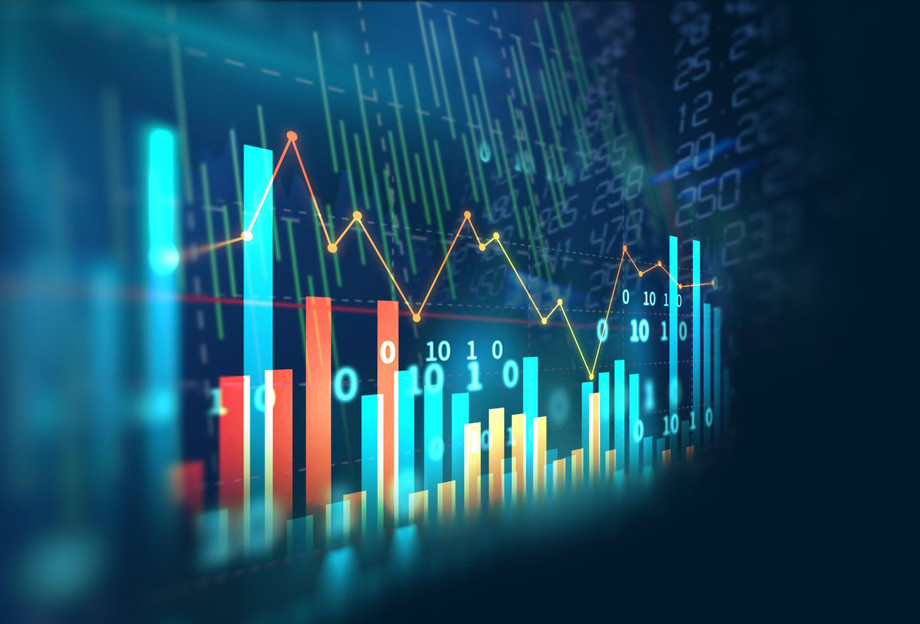There has never been a time in history when so much data was collected from so many places so quickly. As a result, there is a need for trained analysts who can make sense of the mountain of data that has been amassing.
By 2025, the world's data is expected to total 175 zettabytes, according to a forecast by IDC. The entire 175ZB would require 12.5 billion hard drives the size of the largest disc now available.
More digital growth is projected for big data, and the ability to store, analyse, and apply data is essential to the success of nearly any business.
Let’s look at some interesting Big Data Developments for 2022.
Exciting Developments in Big Data for 2022
- Better Fraud Detection
Innovations in banking technology during the past decade have influenced customers' financial behaviours.
Mobile banking and instant peer-to-peer money transfers via smartphone apps have significantly impacted consumers' relationships with money.
As a result, banks and other financial organisations have started using big data and analytics.
IDC estimates that banks and other financial institutions have provided 13% of all funding for big data projects worldwide.
Technological advances have allowed for the introduction of big data analytics into the business model of the financial sector. While improving the banking customer experience is a key long-term objective for big data, preventing fraud is the primary motivation for its use now.
The annual fraud losses at financial institutions are estimated to be in the billions of dollars by the U.S. Department of Justice, and a severe security breach might do irreversible harm to the institution's brand.
The Bureau of Labor Statistics predicts a 28 percent growth in demand for information security analysts in the United States.
Specialists in this area are typically hired to detect and prevent financial crimes and other security breaches.
If these systems are not secure, critical information including credit card numbers, loan information, Social Security numbers, and tax returns could be stolen.
Together, big data and machine-learning AI make it easier than ever to spot fraudulent patterns of behaviour.
- Big Data for Governments
Big data and analytics can help governments throughout the world improve areas like public safety, healthcare, and citizen services by revealing previously unknown patterns and correlations.
Big data may also help governments better understand and address the needs of their citizens. After a natural disaster, government workers can use analytics to track casualties, coordinate the distribution of supplies, and more.
Now that big data analytics is mature enough for government use, governments can conduct their own data analyses. That's fantastic news because it suggests their findings can stimulate the economy by being applied across a wide range of sectors.
It might be used to monitor the city's infrastructure to ensure it receives the upgrades it needs without exceeding reasonable budgets. Policymakers also benefit from increased access to information.
Data collection from several sectors, such as healthcare, finance, and education, can provide governments with the insights needed to create policies that are long-lasting, economically sound, and comprehensive.
- Better Analytics for Multiple Cloud-based Solutions
Networks are being built up to disperse data storage over numerous clouds, and prominent cloud platforms like Amazon Web Services, Snowflake, and Microsoft Azure are being used more and more for this purpose. However, business analytics initiatives may be hampered by data scattered between on-premises and multiple cloud infrastructures.
Various innovative software like Qlik Forts and others will be used by a greater number of businesses in 2022 to access data from a variety of on-premises and cloud systems in a centralized location and derive insights from that data.
Gaining a virtual perspective of dispersed data and accessing it using common business intelligence tools are two alternatives to the typical data warehouse, which collects and processes data from multiple sources in a single location.

